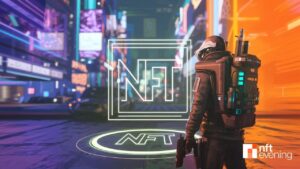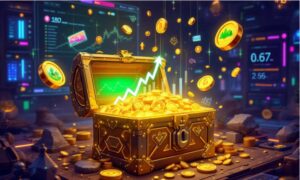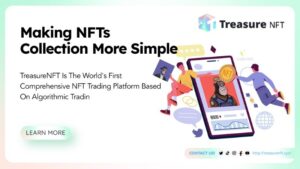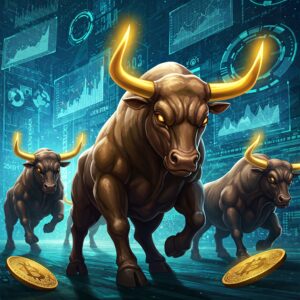Understanding NFT Art: Exploring the Digital Revolution in the Art World
Introduction to NFT Art
You might not know how they work, but there’s a good chance you’ve heard about non-fungible tokens or NFTs. They became extremely popular in 2021 when a digital artist named Beeple sold one online for $69.3 million.
Check Out: 5 Subtly Genius Moves All Wealthy People Make With Their Money
NFTs are a type of digital asset that’s tied to the crypto blockchain, allowing digital artists to authenticate their work through encrypted tokens that are uniquely tied to a piece of digital art.
This guide will explain what crypto art is and where to buy and sell NFTs.
What Is an NFT?
An NFT is a token that represents a digital asset such as artwork. You buy and sell NFTs like you would other collectibles, except in this case, you own the tokens that represent ownership of the collectibles but you don’t own the collectibles themselves.
Understanding Non-Fungible Tokens
These tokens are considered non-fungible because you cannot exchange one NFT for another identical one. For instance, if you have one bitcoin, you can exchange it for another bitcoin and still have one bitcoin that is functionally identical to the first. Thus, bitcoin is a fungible token.
NFTs, on the other hand, aren’t interchangeable. Each has a unique digital signature, so no two are exactly alike.
Key Features of NFTs
NFTs are not like crypto, which can be denominated in smaller increments, such as fractions of a coin. NFTs are indivisible and each has a unique identity on the blockchain.
NFTs are also fully verified on the blockchain, with the unique token attached to a digital item that may live off the blockchain, such as a piece of digital art. This helps make authentication permanent and helps avoid ownership issues of digital creations.
What Is NFT Art?
When you buy an NFT, you receive a unique token that represents ownership of an underlying asset. The token exists on the blockchain, and the sale is tracked on the blockchain so that nobody else can claim ownership of the NFT.
Metadata describes what the NFT includes, such as a digital signature by the artist, and contains the transaction history. Each minted token comes with a unique identifier linked to an address hosted on a blockchain, such as Ethereum.
You can either hold the NFT in your wallet forever or sell it down the road. In some cases, the original creator of the NFT will get royalties from the resale.
NFT art is present on a blockchain, such as Ethereum, and is “minted,” or created, from digital objects that can represent intangible or tangible assets, such as:
Source link
#NFT #Art #Understanding #Digital #Revolution #Art





